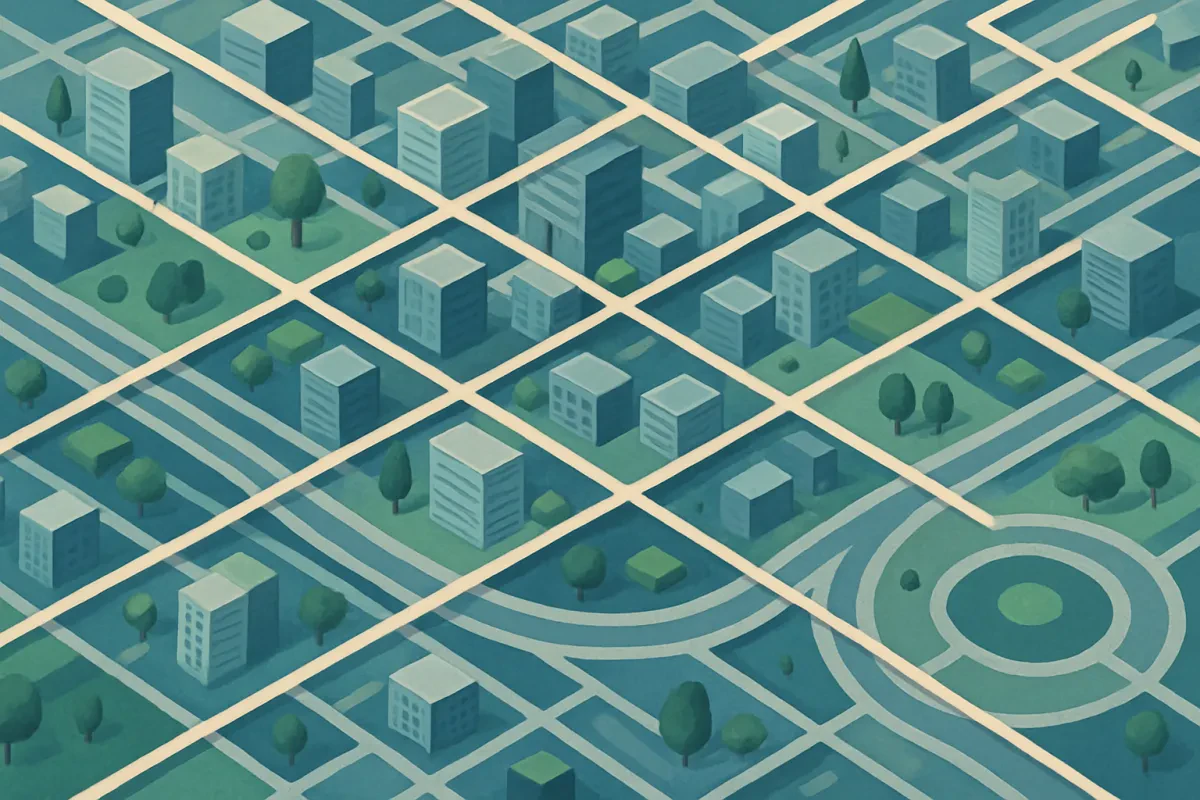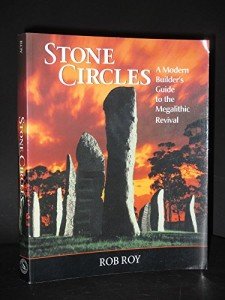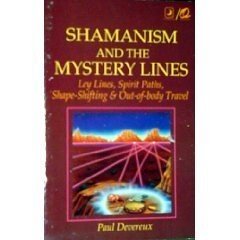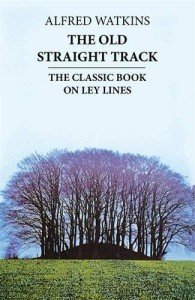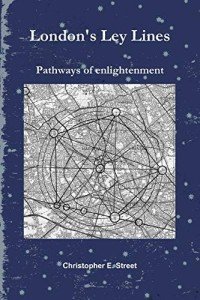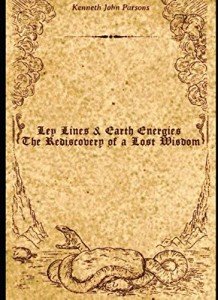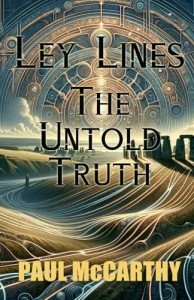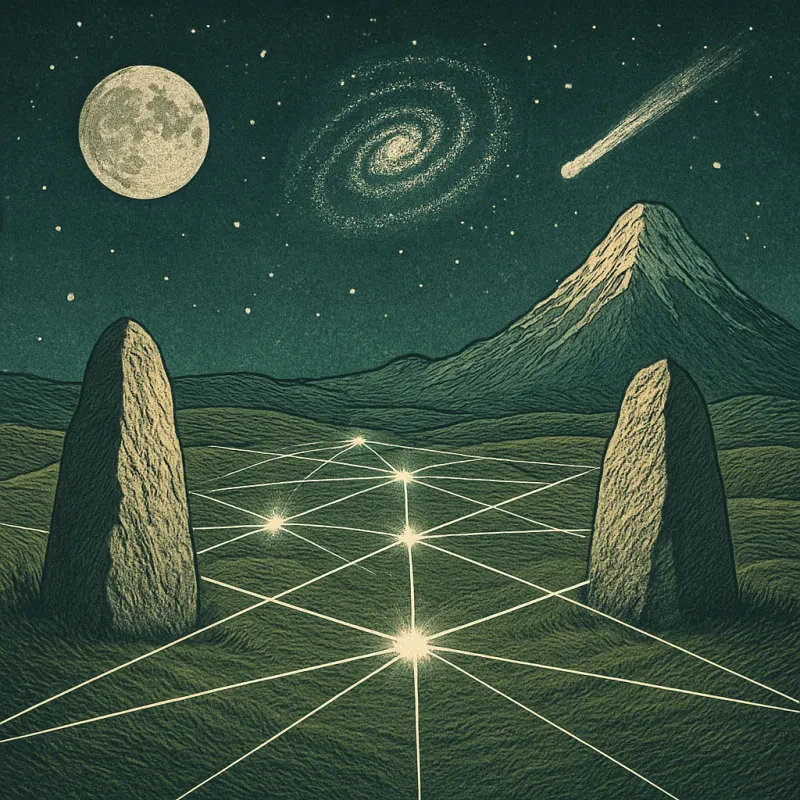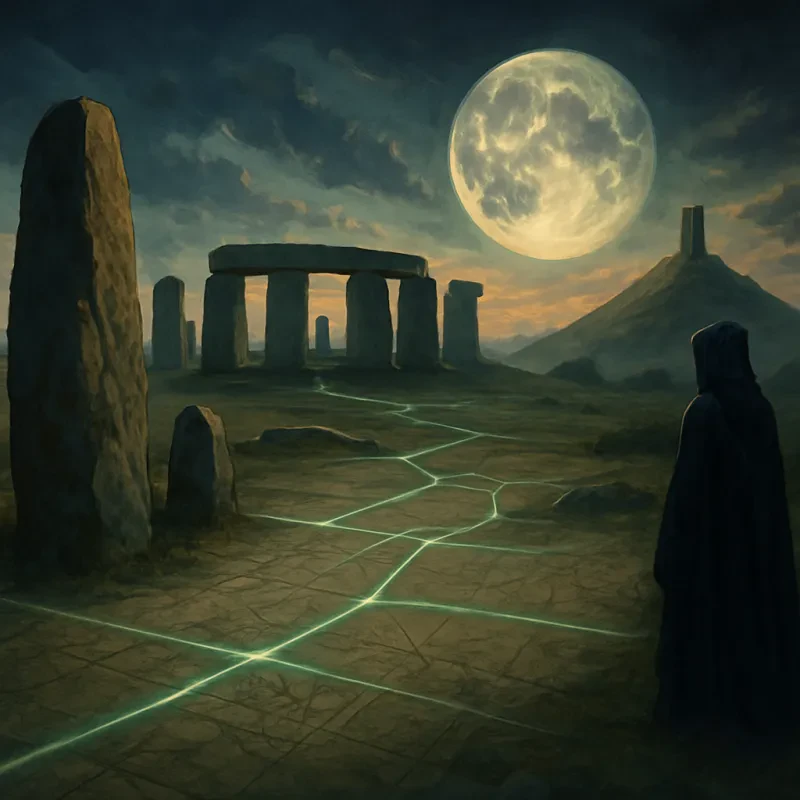Ley lines are fascinating! These imaginary lines connect various sacred or significant sites around the world, and people believe they carry special energy. But what does this mean for cities today? Ley Lines In Modern Urban Planning offer a unique way to think about how we design and navigate our urban environments.
In many urban areas, planners consider the historical and cultural significance of locations. Some believe that when you align important structures along ley lines, it enhances the flow of energy throughout the city. Think about it: ancient sites, churches, and parks might be positioned in a way that taps into this natural energy, creating a harmony that we often overlook.
When city planners explore Ley Lines In Modern Urban Planning, they might pay attention to where historical landmarks exist. These lines can inspire the placement of new buildings, parks, or public spaces to create a sense of continuity and respect for the past. For example, if a historic site lies along a ley line, it might make sense to design nearby developments to highlight that connection.
Residents and visitors can benefit too! By understanding these connections, people might feel a deeper sense of belonging to their city. Walking along a ley line could even add a layer of richness to the urban experience. People often find that when city layouts align harmoniously with these lines, their daily routines feel a bit more meaningful.
How Ley Lines Influence Urban Design
Have you ever walked through a city and felt there's something special about the layout? If you dive into ley lines, you might discover the hidden energy paths that could influence how cities are designed. Ley lines are believed to be straight alignments that connect landmarks, and their impact on urban planning is pretty fascinating.
Urban planners are starting to take notice of these energetic pathways. Imagine a city where parks, historical sites, and community centers are all linked along these invisible lines. That’s where ley lines come into play, guiding the placement of important structures and creating a sense of harmony in the environment. Cities that embrace these ideas might just feel more connected and vibrant.
When planning new developments, considering ley lines can boost the flow of energy throughout the city. For instance, if a new housing project is built near an energy line, it could enhance the living experience for residents. People often report feeling better in spaces that align with these lines, and urban designs can be crafted to harness that positive energy.
Involving ley lines in modern urban planning means acknowledging the ancient wisdom that many cultures have recognized for centuries. By blending this knowledge with contemporary design strategies, cities can create a sense of belonging and promote well-being for their communities.
Stone Circles: A Modern Builders Guide to the Megalithic Revival
Product information
Product Review Score
4.2 out of 5 stars
10 reviewsProduct links
Connecting the Past to Urban Development
When you think about cities, you might picture skyscrapers, busy streets, and parks. But did you know there's a hidden layer to urban development? Ley lines have become an interesting part of the conversation in Ley Lines In Modern Urban Planning. These imaginary lines, thought to connect ancient sacred sites, spark curiosity about how ancient wisdom can influence our modern landscapes.
Urban planners are now looking at how ley lines could help shape city layouts. Imagine designing a park or a community center along these lines. It’s all about connecting spaces that resonate with energy, creating environments that feel right for people. If you've ever wandered into a building that just felt good, maybe it’s because it aligned with those invisible pathways!
Integrating ley lines into city planning isn’t just about vibes. There’s a practical side too. Using these lines can guide development toward areas with cultural significance, helping foster a sense of community and identity. It’s like giving a nod to history while building the future.
As cities get more crowded, this unique approach could create harmony. By combining the old with the new, we might find ways to design urban spaces that are not only functional but also enriching. Keep an eye out – the next time you see a city layout, remember that ancient lines might just be shaping the place where you live in a meaningful way!
Shamanism and Ley Lines: Spirit Paths Unveiled
Discover the hidden connections between ancient wisdom and the earth's energetic pathways
Product information
Product Review Score
4.25 out of 5 stars
112 reviewsProduct links
Practical Uses of Ley Lines Today
Ley Lines In Modern Urban Planning might sound like a mystical concept, but these invisible pathways are being embraced for practical purposes today. Many urban planners and landscape architects recognize the potential of these lines to create spaces that resonate with both people and nature. Here’s how they’re getting creative with Ley Lines.
One popular use is in city design. Planners often align parks, public spaces, and even roads with Ley Lines to enhance energy flow through the area. It’s all about balancing the environment, culture, and community needs. Spaces that are mindful of these lines seem to attract more visitors, creating a vibrant atmosphere.
Another exciting application of Ley Lines In Modern Urban Planning is in environmental sustainability. By understanding the natural energy of the land, cities can make better choices in where to plant trees or build housing. This can lead to nicer neighborhoods that feel connected to their surroundings, blending urban life with nature.
Lastly, some communities are tapping into Ley Lines for holistic health benefits. By placing wellness centers or healing gardens along these lines, they promote a sense of peace and well-being. People often report feeling more relaxed and energized in these spaces, making them perfect spots for meditation or even yoga classes.
